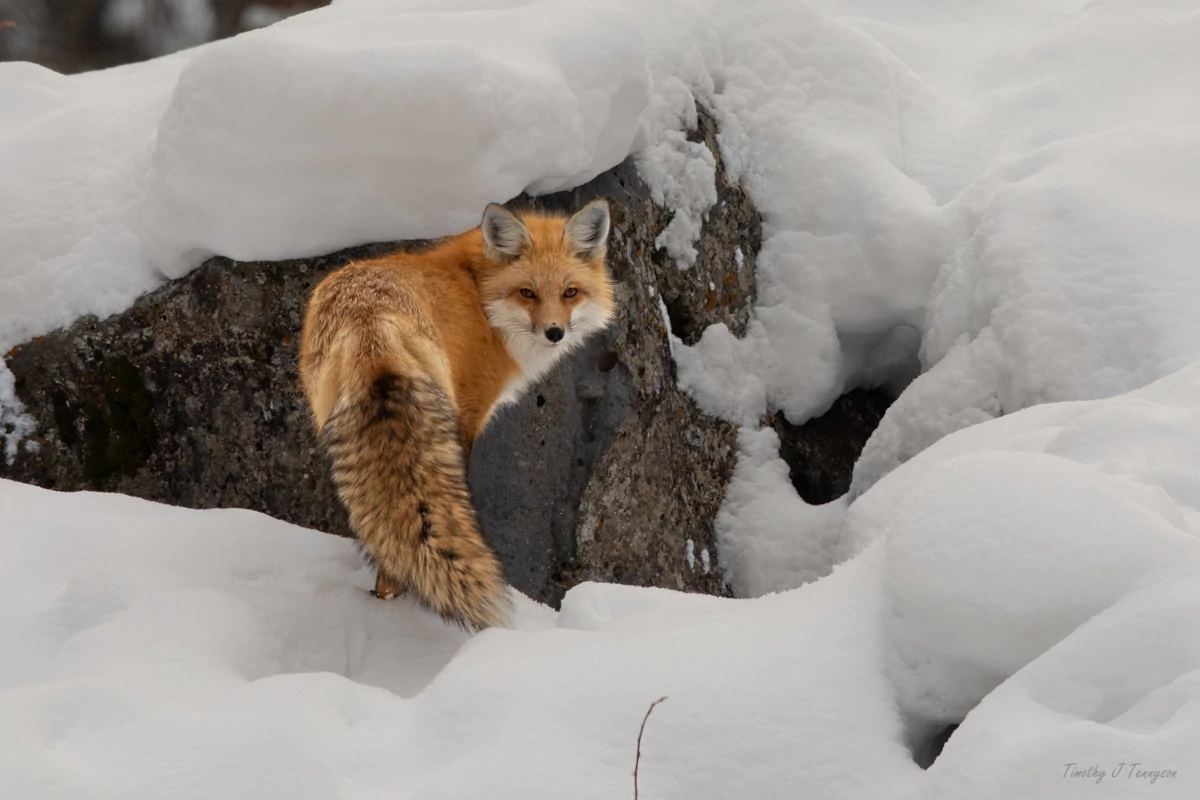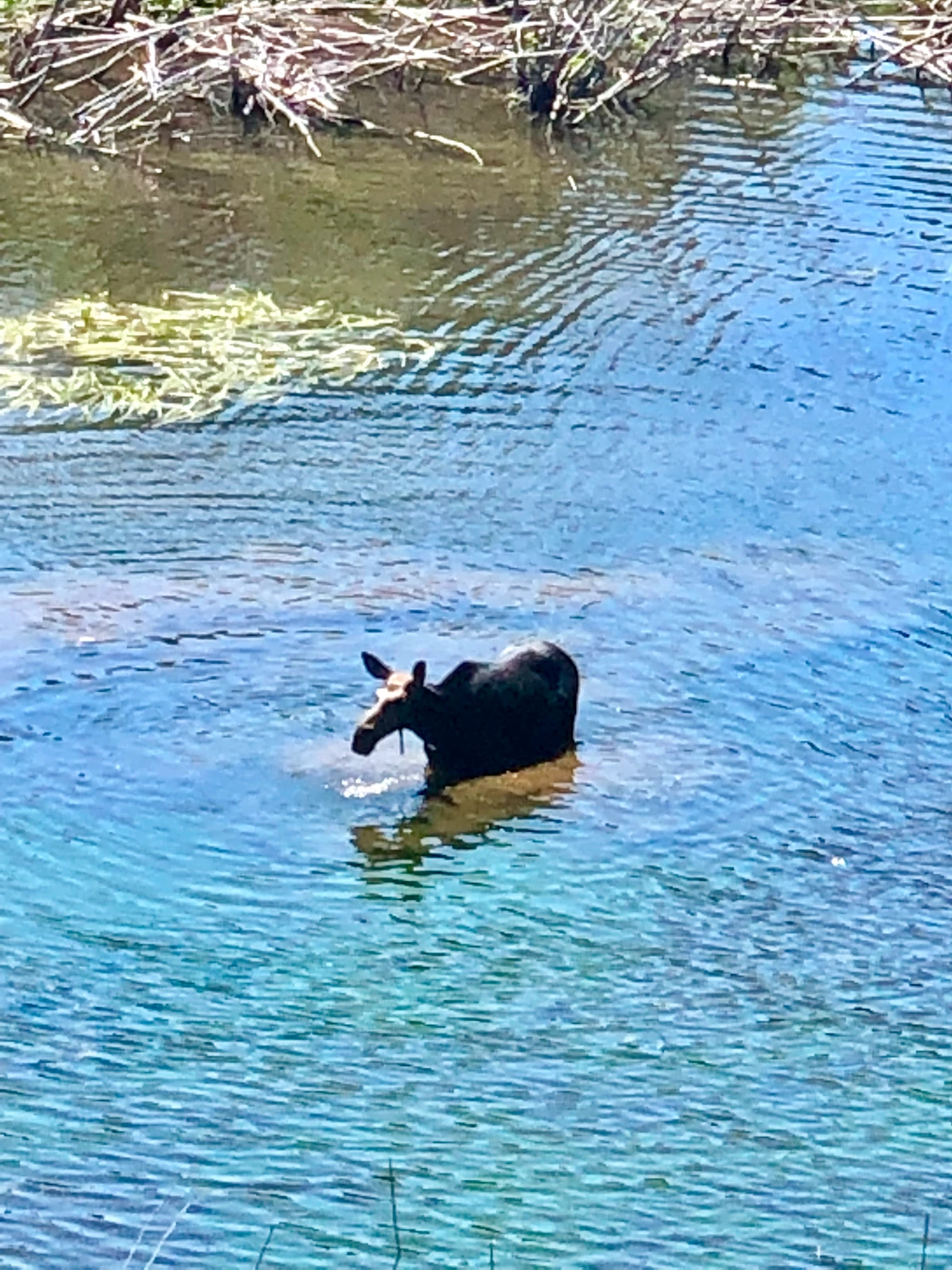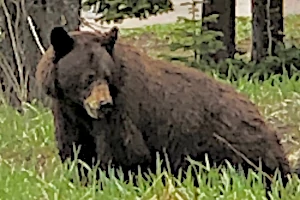
Deidre Bainbridge Wildlife Fund

Who is Deidre?
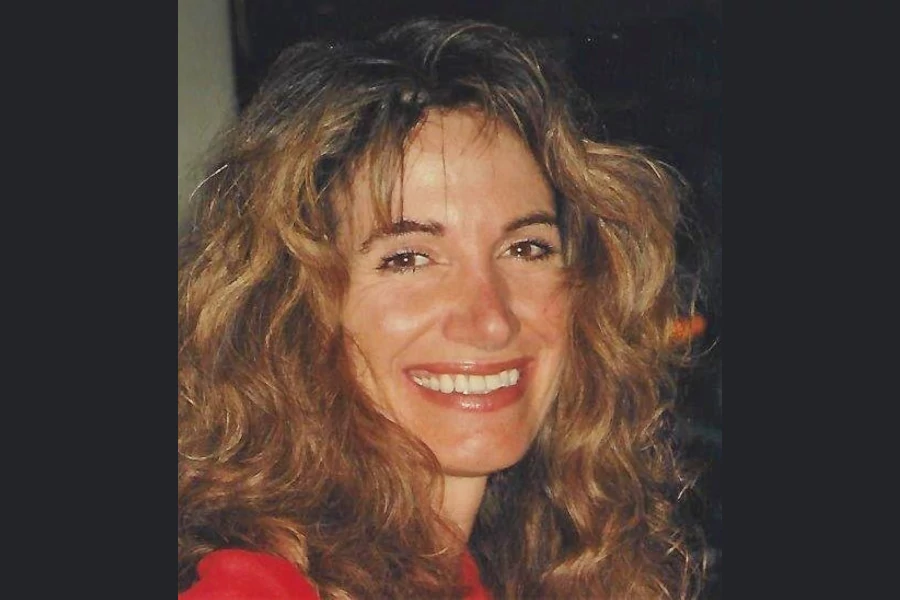
Deidre Bainbridge, a Jackson Hole environmental activist and attorney, was a champion for all wildlife, but especially for the Greater Yellowstone Ecosystem grizzly bear. She was involved in many efforts over her too short a lifetime to help save this magnificent animal from being destroyed by advancing civilization. Deidre was an inspirational and powerful voice for these creatures she so loved, respected, and enjoyed.
The grizzly is protected under the Endangered Species Act, but there have been ongoing efforts by governmental agencies, ranchers, hunters, and others to reduce its numbers through trophy hunting and specific animal destruction, as well as removal and alteration of its habitat, territory, and food sources.
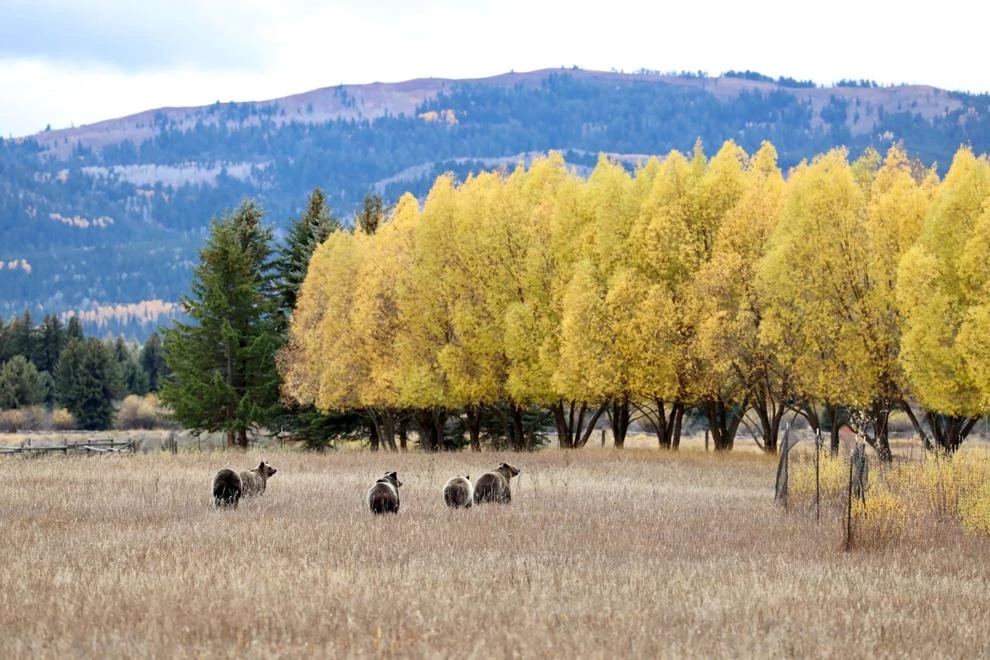
Deidre believed the bear had a right to live in its natural environment, as it had for tens of thousands of years with Indigenous People, and not be trapped or hunted to extinction. She thought grizzly bears could co-exist with mankind if mankind would learn and understand the nature and practices of the bear. It now seems obvious that we should never feed bears, leave our trash cans unlocked, hike in bear territory alone, or try to take close-up photos of a bear and her cubs. And, of course, it is always wise to carry bear spray when hiking. But Deidre found that most people did not seem to understand such basic rules about co-existing with bears, so she made it her goal to protect the grizzly and other bears by engaging in a lifetime of educational and activist projects.
Why Wildlife Education?

Wildlife education of the public is critical so that our growing population can learn to live peaceably with our surrounding wildlife friends. Even in a place completely intertwined with nature like the Greater Yellowstone Ecosystem, bears and humans often aren't able to co-exist due to food storage challenges, with the bears often paying the price of removal, relocation or ultimately, euthanasia. The Tetons and Greater Yellowstone Ecosystem are aptly compared to the African Serengeti, hosting some of the last intact, wild populations of large mammals in North America. Bears, mountain lions, wolves, elk, antelope, bison, moose, deer, and other large, native creatures require the robust summer and winter ranges, calving areas and migration routes that characterize this outstanding Greater Yellowstone landscape... but those critical areas are rapidly diminishing. Can you imagine a future where the only place our grandchildren can witness a grizzly bear is in a painting in a museum? Just as Native Americans learned to live with tens of thousands of grizzlies, we should be learning to adapt to living with a few thousand. Numerous common sense precautions can be taken by the public so that wildlife of any species can be viewed and experienced responsibly and in a fashion that ensures safety for the animals and humans. This Project intends to highlight and communicate these common-sense actions and to concurrently raise funds to make grants to not-for-profit organizations, empowering them to present new and innovative ways to communicate the message of protection for wildlife and responsible coexistence.
The Education Fund Grants Plan
